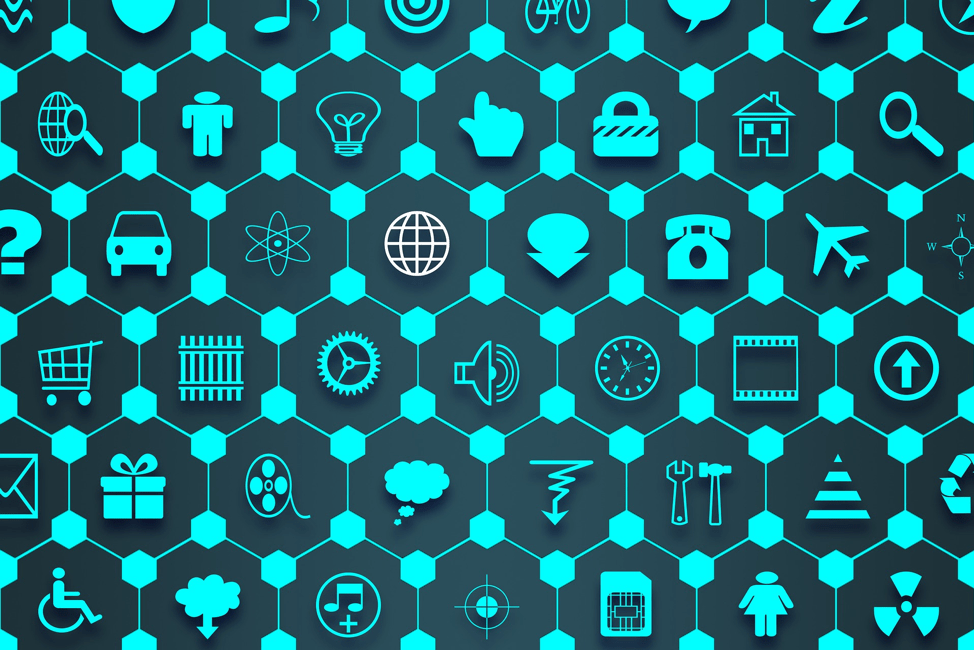The worldwide shift towards digitization has placed immense pressure on connectivity. Over 20 billion Internet of Things (IoT) connected devices have already been installed, and the number is estimated to grow to 75.44 billion by 2025. IoT devices benefit all industry sectors, promoting higher levels of convenience, productivity, and communication. However, the massive amount of data IoT devices generate could cripple IT infrastructure.
As connected technologies such as road sensors and navigation systems communicate with each other, they generate data that needs to be quickly processed and executed. Usually, the data needs to pass through a mediator before it can reach its destination. Cloud databases act rather like a post office for technologies—accepting, sorting, and sending messages. When the cloud database is based in a remote location, it can take a while before the data even reaches the cloud for sorting.
Just like people benefited from the development of faster and improved modes of communication, so do technologies. If up until now the focus was on improving communication between people, now the focus is on improving communication between technologies. That’s what edge computing aims to do.

What Is Intelligent Edge
Edge computing is a new paradigm that brings decentralized computing power as close as possible to the origin point of the data. In edge computing, the networking architecture is built in a way that helps close the distance between connected devices and the cloud.
Intelligent cloud refers to cloud and network resources powered by Artificial Intelligence (AI) technology. The purpose of the intelligent cloud is to create a ubiquitous computing environment located closely to the intelligent edge devices.
Intelligent edge refers to edge devices that collect, communicate, generate, and analyze data in near real-time. For example, sensors, UAVs, autonomous cars, GPS receivers, navigation systems, streamers, etc.
For the term intelligent edge to apply, the following components need to exist in the device:
- Connectivity—intelligent edge devices need to be able to connect to networks that enable data exchange and generation such as the Internet or an internal decentralized network.
- Computing—intelligent edge devices need to be equipped with internal computing resources such as processing chips. Computing enables the system to process and analyze data in a real-time database.
- Controllability—intelligent edge devices are capable of using the database to implement intelligent decisions such as controlling the device, making changes as needed, and instigating actions across the network.
- Autonomy—intelligent edge devices and nodes have autonomous computing processes capabilities enabled by edge databases and don’t require assistance for monitoring, managing, and transferring data.
Key Benefits of Intelligent Edge
Edge computing provides micro-interaction between connected technologies. In that sense, edge computing offers an advancement of machine-to-machine (M2M) communication, rather like a jump from snail mail to telephones.
Here’s how the intelligent edge, enabled by a DBMS, can help advance technology:
- Reduce dependency on network performance—edge computing provides an alternative to the long-distance transfer of data between connected devices and remote cloud servers. With a database management system on the edge devices, businesses can achieve immediate insight and control and DBMS performance eliminates the dependency on latency, data rate, and bandwidth.
- Reduce threats through a holistic security approach—edge computing provides an ecosystem for managing the entire cybersecurity efforts of the intelligent edge and the intelligent cloud. Unifying security management systems can provide intelligent threat protection.
- Maintain compliance—compliance regulations entities like the General Data Protection Regulation (GDPR) govern the use of private data. Organizations that don’t comply risk paying a high price. Edge computing offers a number of controls that can help organizations protect private data and achieve GDPR compliance:
- Data management at the edge—data can either be processed at the edge or remain at rest in a secure edge database. The separation between data generated at the edge and the cloud keeps private data protected in the device and reduces the security vulnerabilities that arise from the transfer of information.
- Single identity management—helps prevent unauthorized access to data at the point of origin—on the edge or in the cloud. Unified identity management systems provide features such as conditional access, identity protection, access reviews, and access control lists.
- Improve reliability through consistent app development across cloud and edge—the intelligent edge and the cloud form an ecosystem that brings together all components of the infrastructure. Edge computing enables consistent programming through all devices and systems. A DBMS can replicate the data from the edge to the cloud and RaimaDB supports almost any operating system (OS) and can even run in a barebones configuration.
- Provide seamless user experience through simplified device management—edge computing provides faster and improved integration and synching between connected devices and systems through database replication. Edge computing eliminates service interruptions during transfer of app functionality—data replicates between edge network databases
- Increase bottom lines by reducing overhead expenses—edge computing lowers the amount of data transferred to cloud data centers. By delegating some of the load needed for processing data, the cloud is freed for other tasks. This method of prioritization improves system efficiency and lowers the cost associated with the transfer of data between device and cloud.
Intelligent Edge—The Future of AI
Edge computing solves two problems by merging them together into one solution. On the one hand, the constraint on cloud data centers to handle increasing amounts of data is about to reach a breaking point. On the other hand, Artificial Intelligence (AI) systems consume information in such a speed that there doesn’t seem to be enough. Edge databases enables applications to bring Machine Learning (ML) models to the edge .
Powered by real-time databases and AI, the intelligent edge can provide real-time insights for the improvement of many industries. Last-mile delivery is made faster and more efficient with features such as smart tracking and real-time route navigation. Intelligent systems can provide stylistic insights for customers as they browse the shop, and facial recognition software can be used for fraud detection. Edge intelligence can provide predictive risk assessments for healthcare professionals and promote better health awareness. There’s no limit as to the benefits the intelligent edge can provide, not even the cloud.



























